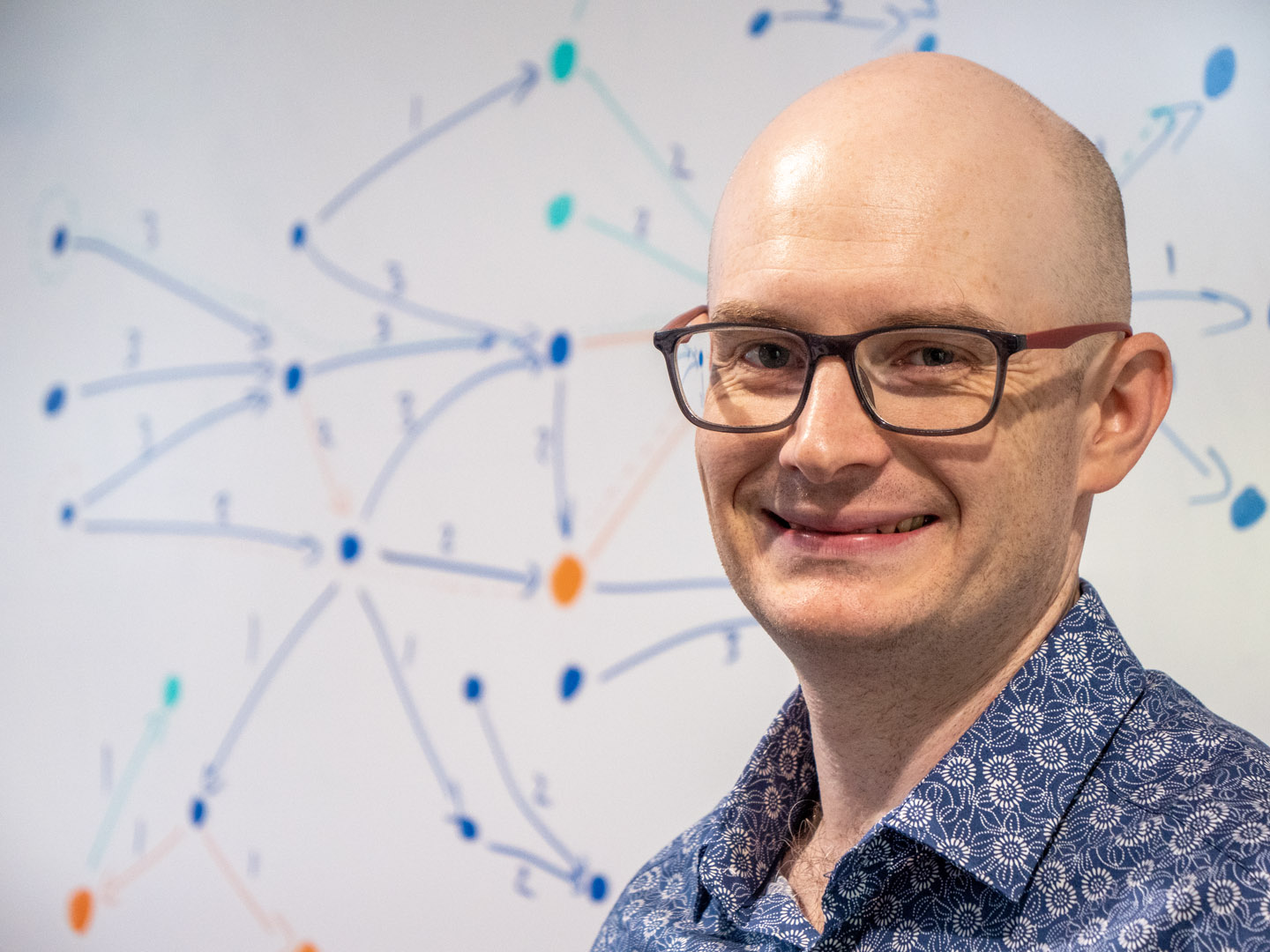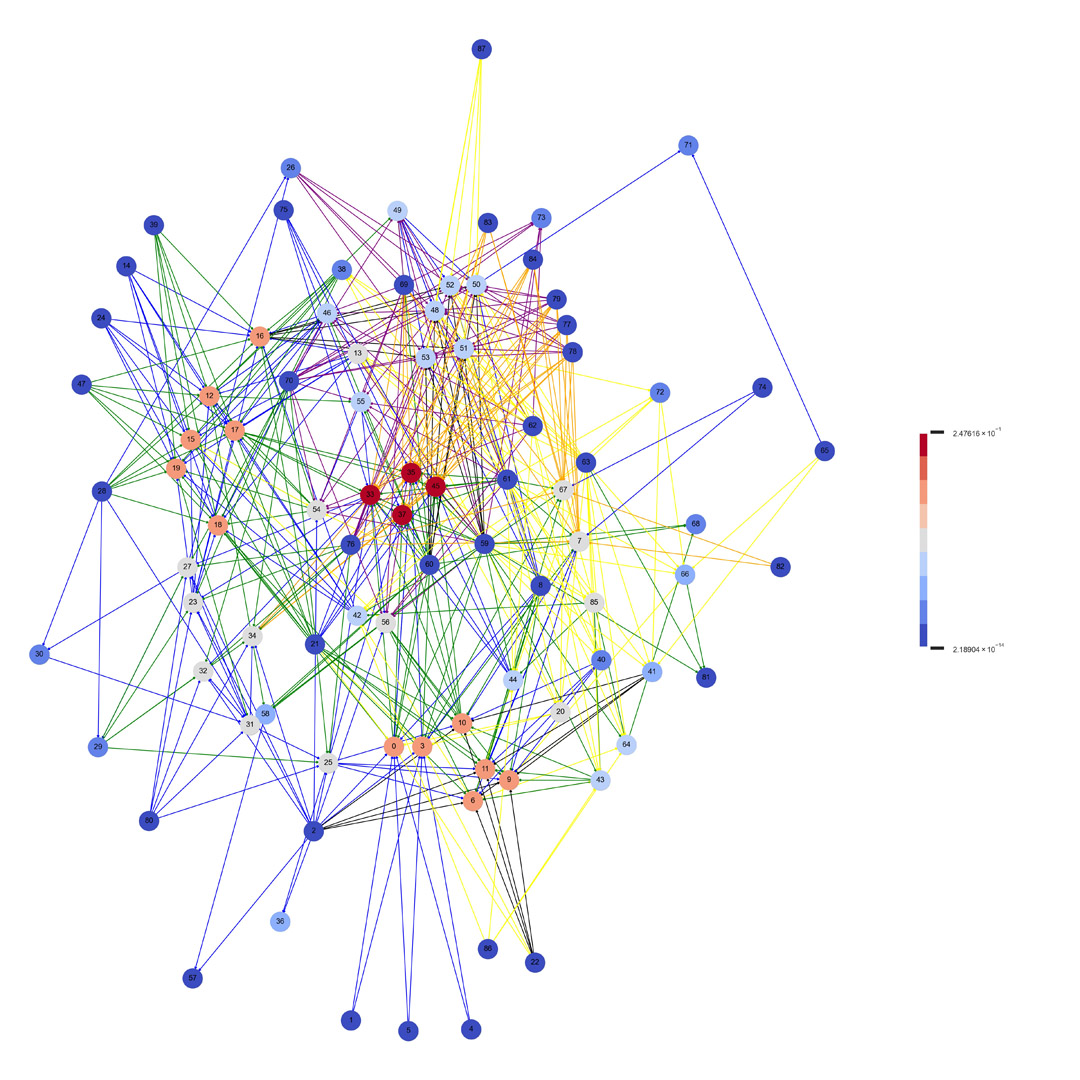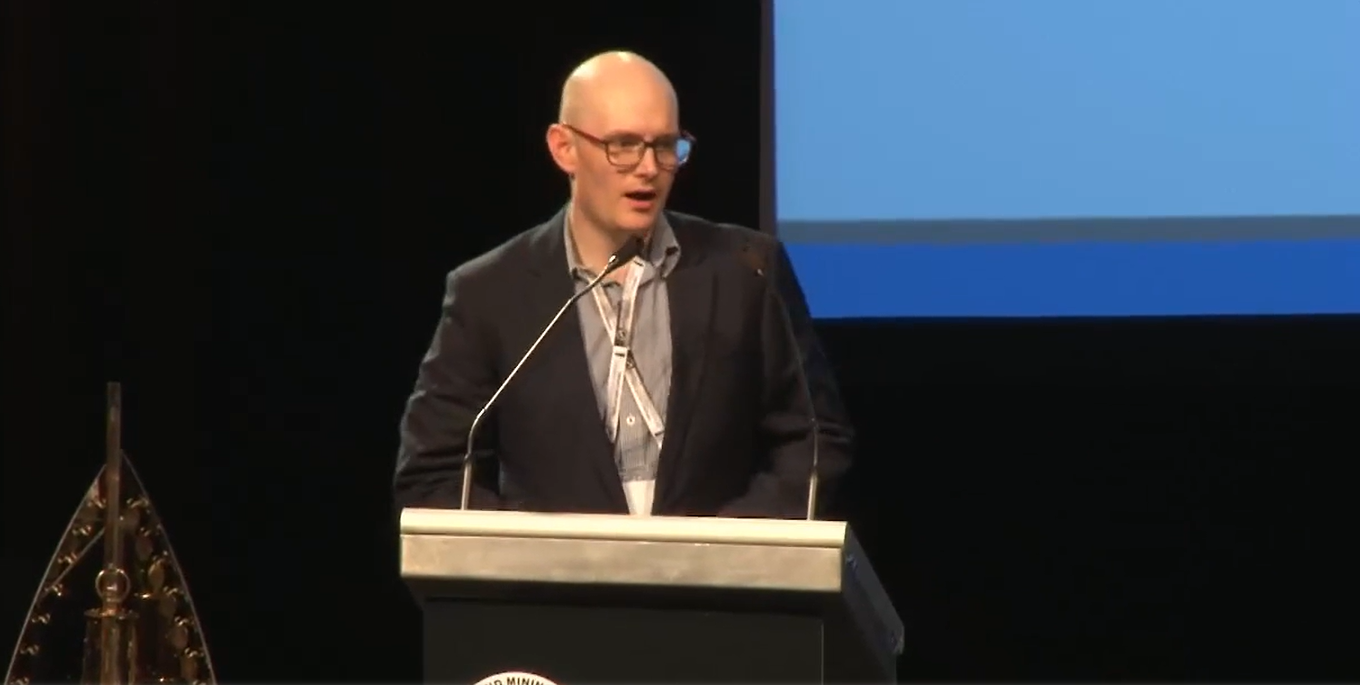
Dr Ben Seligmann is a Research Fellow at the Sustainable Minerals Institute’s (SMI) Minerals Industry Safety and Health Centre (MISHC) specialising in risk management and hazard identification methods. Dr Seligmann's efforts have recently been focused on the development of a new risk analysis method – Causal Network Topology Analysis (CaNeTA).
We sat down with Dr Seligmann to discuss CaNeTA’s development, application and potential.
“When I was studying chemical engineering, at The University of Queensland, I couldn’t help but feel like I was just drifting through the degree.
In my final year it struck me why that was – while I enjoyed learning about chemical engineering, I felt like I wasn’t on the same wavelength as other students, because I kept wondering ‘real systems are so complex! How can I take everything into account that I need to, to make a good decision?’
Looking back, it’s pretty easy to connect that line of thinking with what drove me to develop this causal network approach.
CaNeTA is all about seeing the forest for the trees, moving beyond managing risks individually, by connecting them to their rich, multi-dimensional context.”
What is Causal Network Topology Analysis?
“Fundamentally, CaNeTA is a new and complimentary method of providing extra, relevant information to decision makers about the context of risks associated with an organisation, operation or project."
"Companies conventionally document their risk events in a register – a table or database – which includes describing the events, their causes and their consequences.
These tables are quite large and essentially force you to manage one risk at a time."

"What CaNeTA can do is connect those risks into a network, because the consequences of some risks are the causes of others, creating a picture of the causal context – a risk landscape.
Risk events are represented as nodes, and arrows connect them in causal relationships, and this structure – the topology – can be interrogated to highlight significant events based on their relative position in the landscape.
Insights generated from this is the ‘extra information’ I mentioned earlier – but we’re not creating information out of nothing, just revealing what’s already there in the register.
Critically, the structure of causal networks made from risk registers isn’t trivial. There is a lot you can learn from the topology.
It is quickly obvious what the most significant risks are because they are often the most connected events.
One can look at the topology, analyse the causal context of risks, and then explore the implications of adding a control in here or there, and by observing the downstream or upstream effects.
But it’s not just about the number of connections – there are hundreds of so-called ‘network metrics’ that can be measured, enabling many new things to be learned."
Putting CaNeTA into practice – the Izok Lake Project

“Mining operations have complex risk landscapes, where the risks are causally interwoven.
Our first opportunity to apply CaNeTA in a mining context came with the Izok Lake Project, where SMI took a ‘complex orebodies’ approach to support MMG’s re-think of the project’s feasibility.
CaNeTA is naturally applicable in that context, and we were invited to apply it to analyse the connections between environmental, social, safety and governance risks.
To achieve that, we applied CaNeTA to the project’s original Safety, Health, Environment and Community risk register, made easy because of software we have developed.
Once we had created the causal network, we analysed the topology. Interestingly, an odd event kept standing out – the disruption to local caribous’ calving.
This initially threw us off because when you go line-by-line through the risk register, the noticeable risks were the high consequence ones – vehicle accidents, personal injury, environmental damage, etc.
Caribous didn’t feature prominently because, that event wasn’t originally rated as having a high consequence.
But when you look at it as part of a network you see that the disruption of caribous’ calving had quite far-reaching implications on government relations, community relations and permitting.
Now, as with the caribous, its very possible a well-informed project team will notice the wider consequences certain risks have, but organisations shouldn’t rely on assuming this."
The Future of CaNeTA
“We are now in the process seeking new collaborations with companies to use CaNeTA in a variety of fields: process engineering, infrastructure, fire safety, mine closure, cultural heritage disaster prevention and decision optimisation.
“To that end, we are always looking for new partners with new data sets to run CaNeTA on."
If Dr Seligmann's research into Causal Network Topology Analysis interests you, you can contact him at b.seligmann@uq.edu.au.



